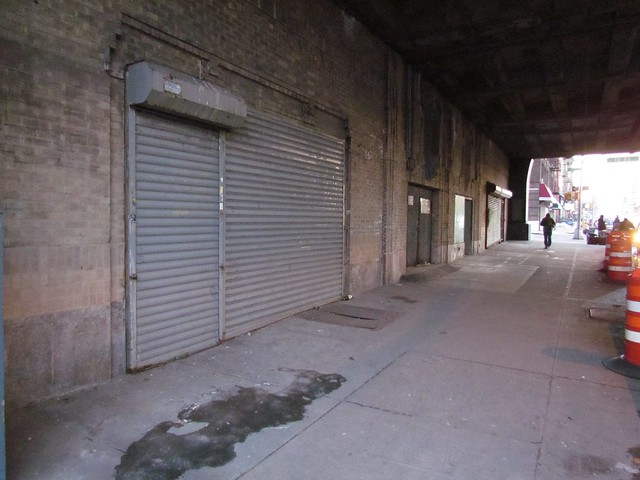Since many people were on vacation this past weekend and might not have seen my initial note, I just wanted to again draw your attention to an event tonight at the Museum of the City of New York. Entitled “Public Works in a Time of Crisis,” the panel discussion features Michael Horodniceanu of MTA Capital Construction and Jeffrey Zupan of the Regional Plan Association, among others. Michael Grynbaum of The Times will moderate the talk on the state of the city’s transportation megaplans.
The museum is located on 5th Ave. at 103rd St., and the event begins at 6:30 p.m. It costs $12 for non-members, $8 for seniors and students and $6 for museum members. However, those who call 917-492-3395 to reserve can mention Second Ave. Sagas to receive a discount. I’ll be there. Say hi if you see me.


 For those of us who are following along as the MTA moves ever so slowly with its great public works projects, an event on Tuesday at the Museum of the City of New York is right up our alleys. Entitled “
For those of us who are following along as the MTA moves ever so slowly with its great public works projects, an event on Tuesday at the Museum of the City of New York is right up our alleys. Entitled “










